By some stroke of luck, the clouds broke overnight and we were greeted with a spectacular clear view of the mountain in the morning. To top it off, the stormy weather of the previous day had left Kilimanjaro with a fresh coating of snow at the summit. That held out for a couple of hours allowing me to get several different classic views of the mountain with various wildlife and scenery in the foreground. That turned out to be the best viewing of the three days we were there, but it was well worth the journey.
Amboseli has the best population of Elephants in Kenya, and we were easily seeing well over 100 per day. Also lots of typical African wildlife such as Zebra, Giraffe, Antelope, Wildebeest and Cape Buffalo. We saw a few Lions and one Cheetah. The park has quite a few Hyena and we had some nice sightings on the last day. Amboseli has an area of permanent wetland, and that’s where you find the animals concentrated during the dry season. Now that it is starting to rain, the dry lake bed will fill up and the animals will spread out more.
This is what it looked like as we arrived in the park and made our first pass through. As far as I knew, this might have been the best view of Mount Kilimanjaro I was going to get:
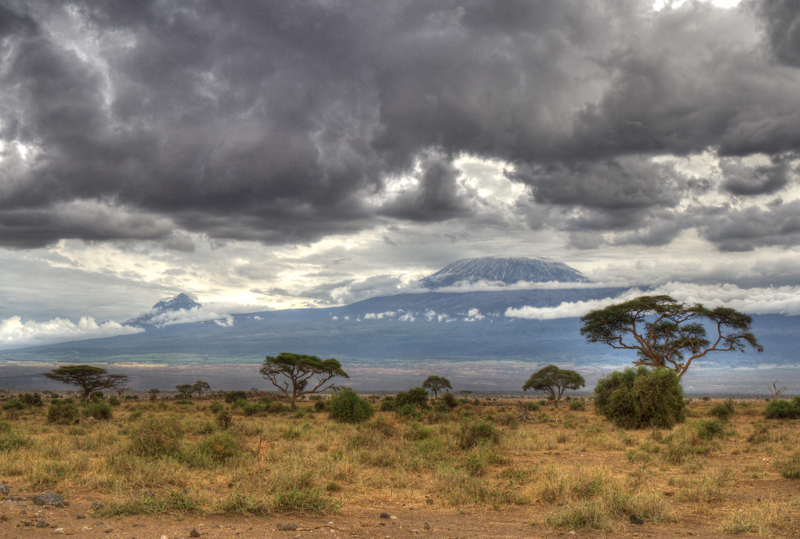
This is the view from our campsite the first morning in the park. I thought I’d died and gone to heaven!
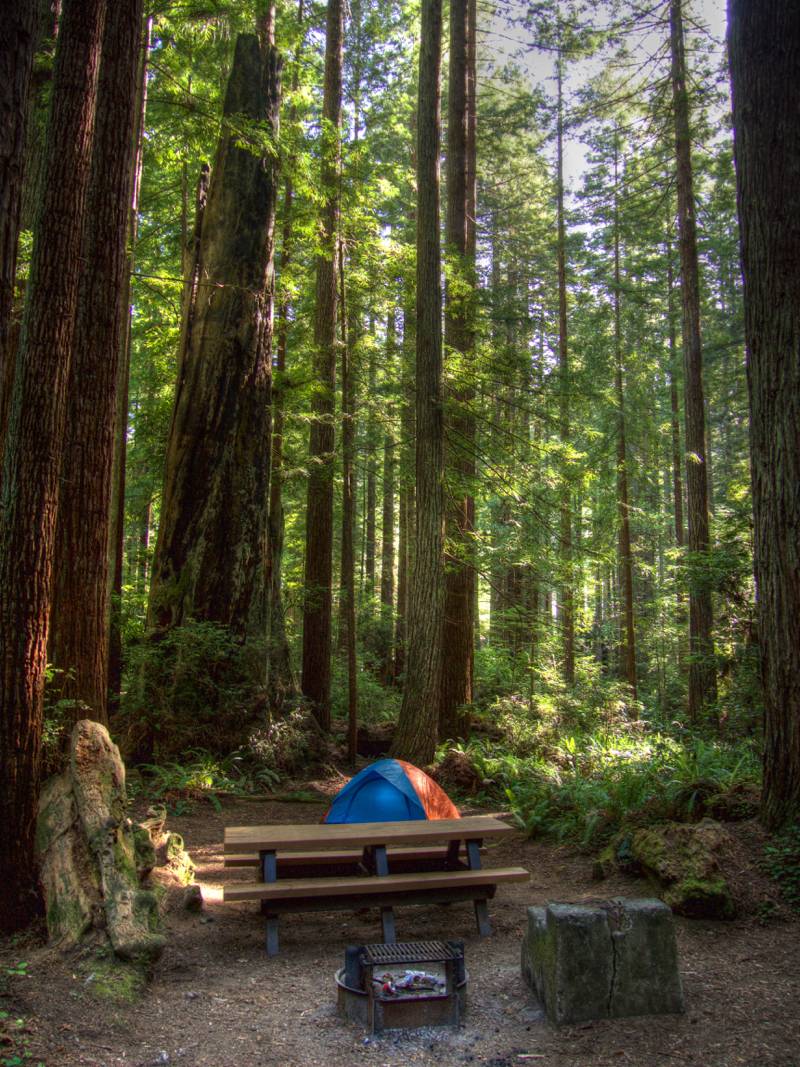
These are the shots that I went to Amboseli to get. A clear day with a fresh snowfall on Mount Kilimanjaro:
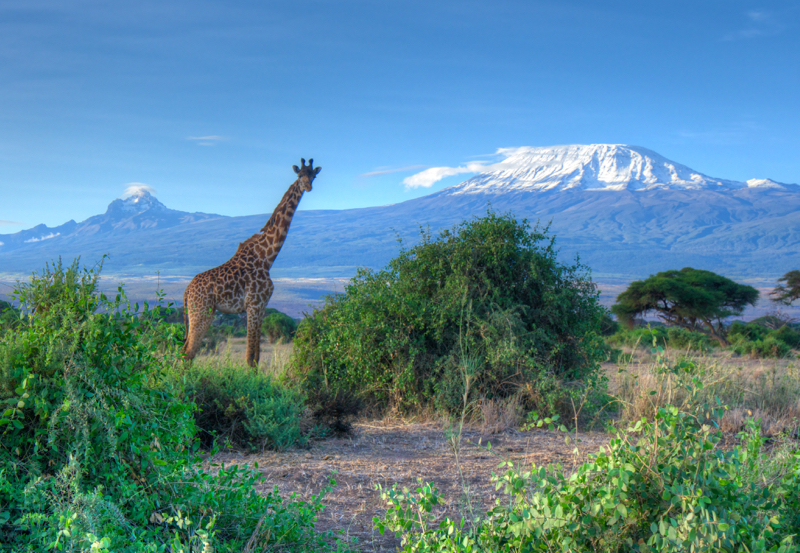
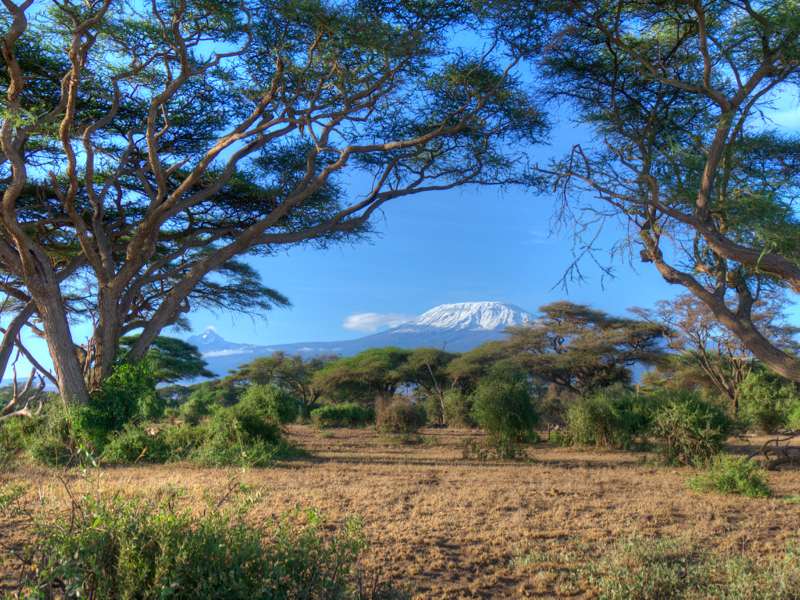
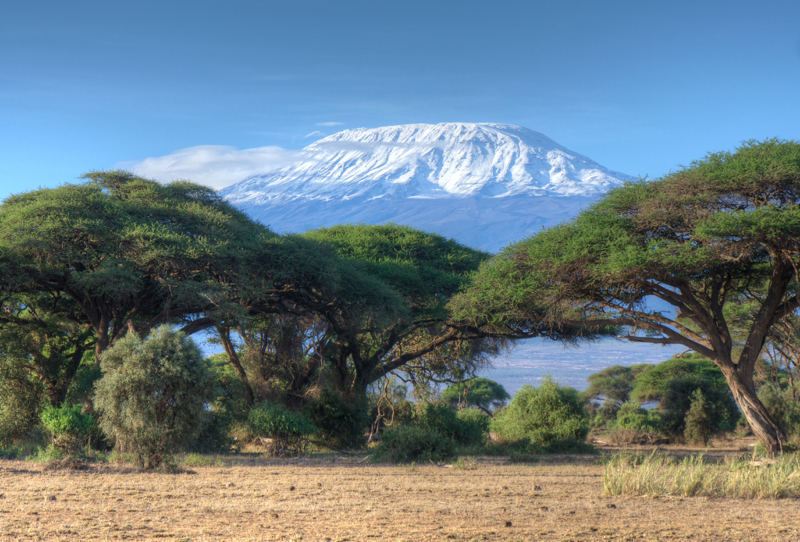
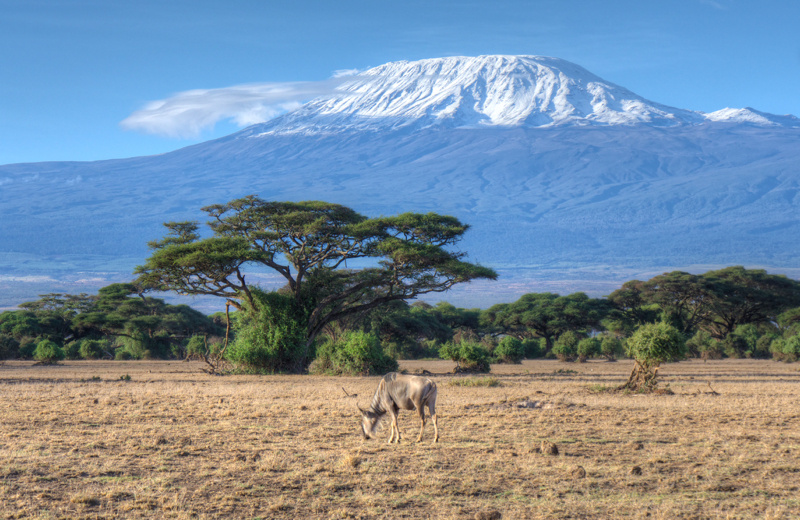
Some of the clouds look very nice in B&W:
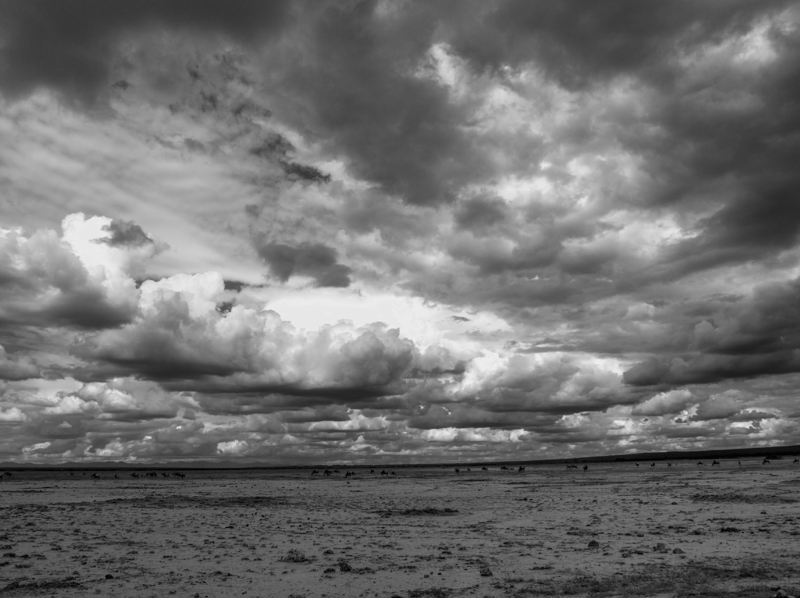
The thunderstorms looked nice as panoramas too:

Here are some Elephants coming in from the dry section of the park to graze and drink in the marshes:
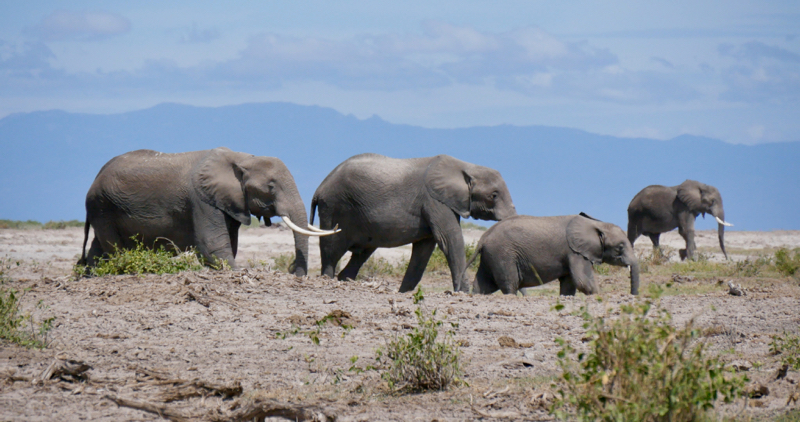
The Elephants love to wade in the marshes and feed on the green vegetation:
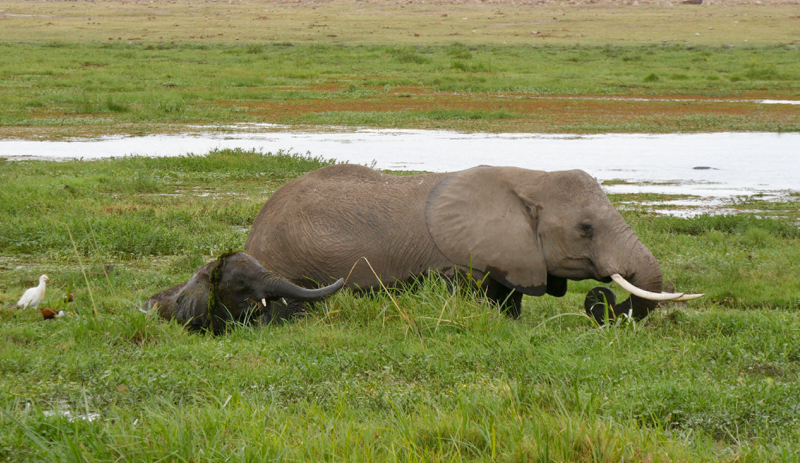
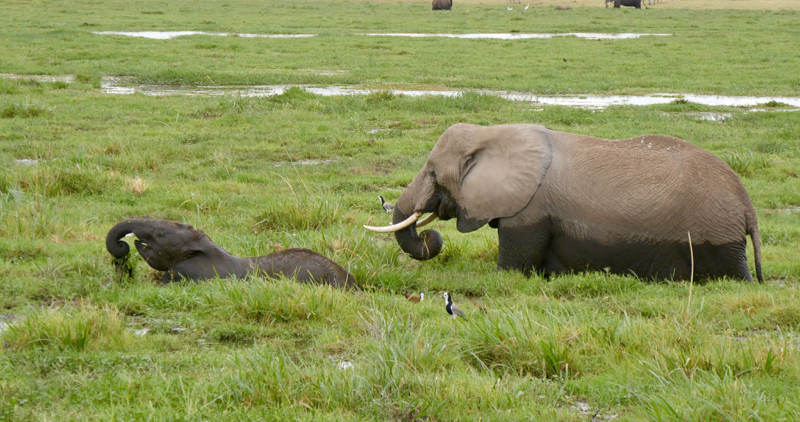
Lots of wading birds in the marshes, here are some Crested Cranes:
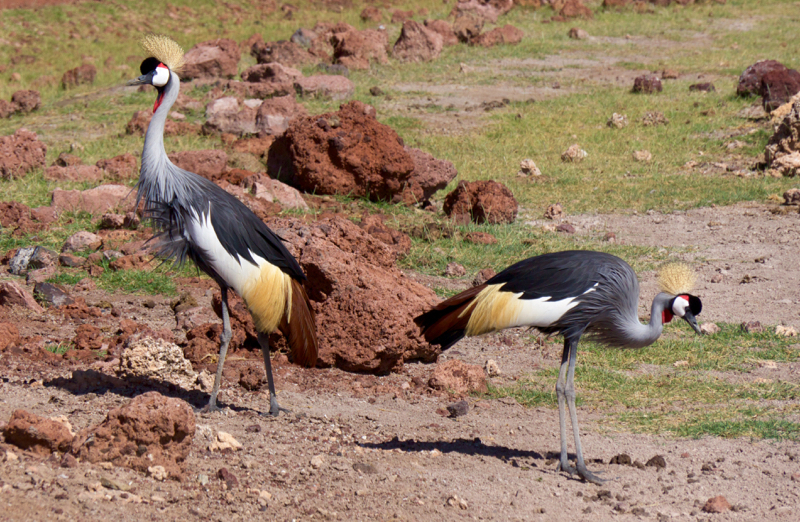
This Crane speared a tasty rabbit. We watched (and filmed) it as it struggled to swallow the bunny whole. It took it a few tries, but it got it all down:

Quite a few Hyenas in Amboseli:

This male Lion is taking an afternoon snooze after a big meal:
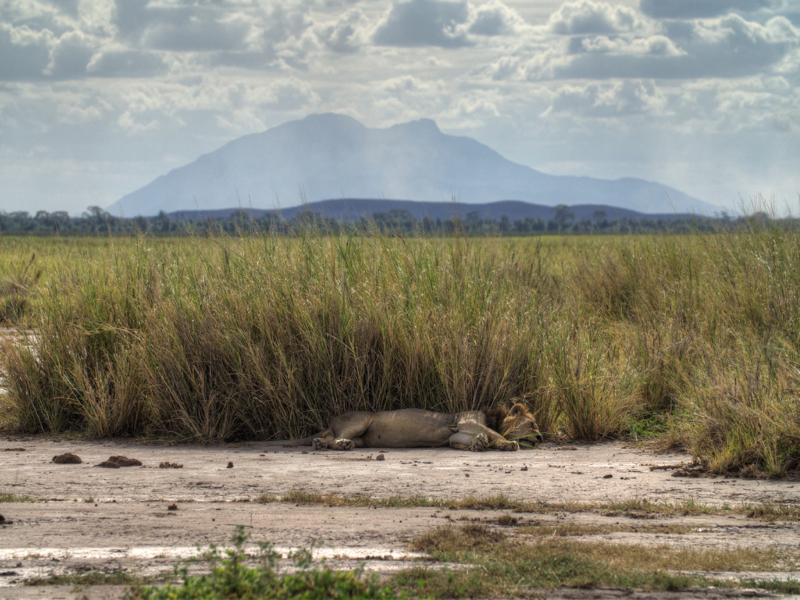
Can’t think of a better “office” to work on the old blog:
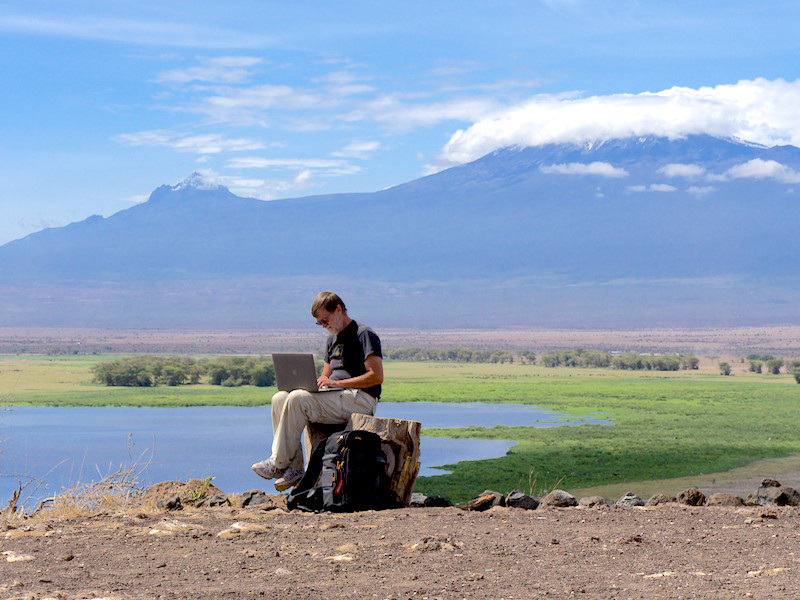
On the road into the park from Namanga, you occasionally see donkeys walking along the roadside carrying a load of water jugs. Sometimes they are completely unattended. They seem to be autonomous. Sort of an African version of Google’s self-driving cars. I think they must be relatively intelligent to carry off this task. I wonder if this is where the term “Smart Ass” originated?
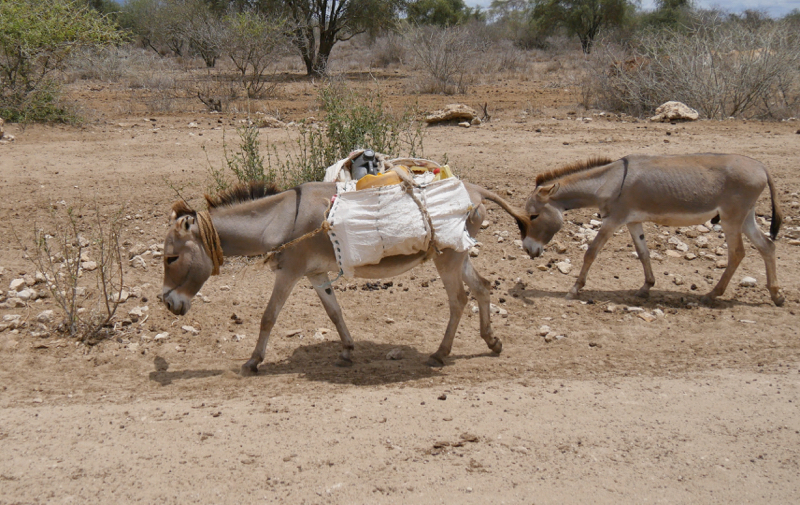
No comments:
Post a Comment